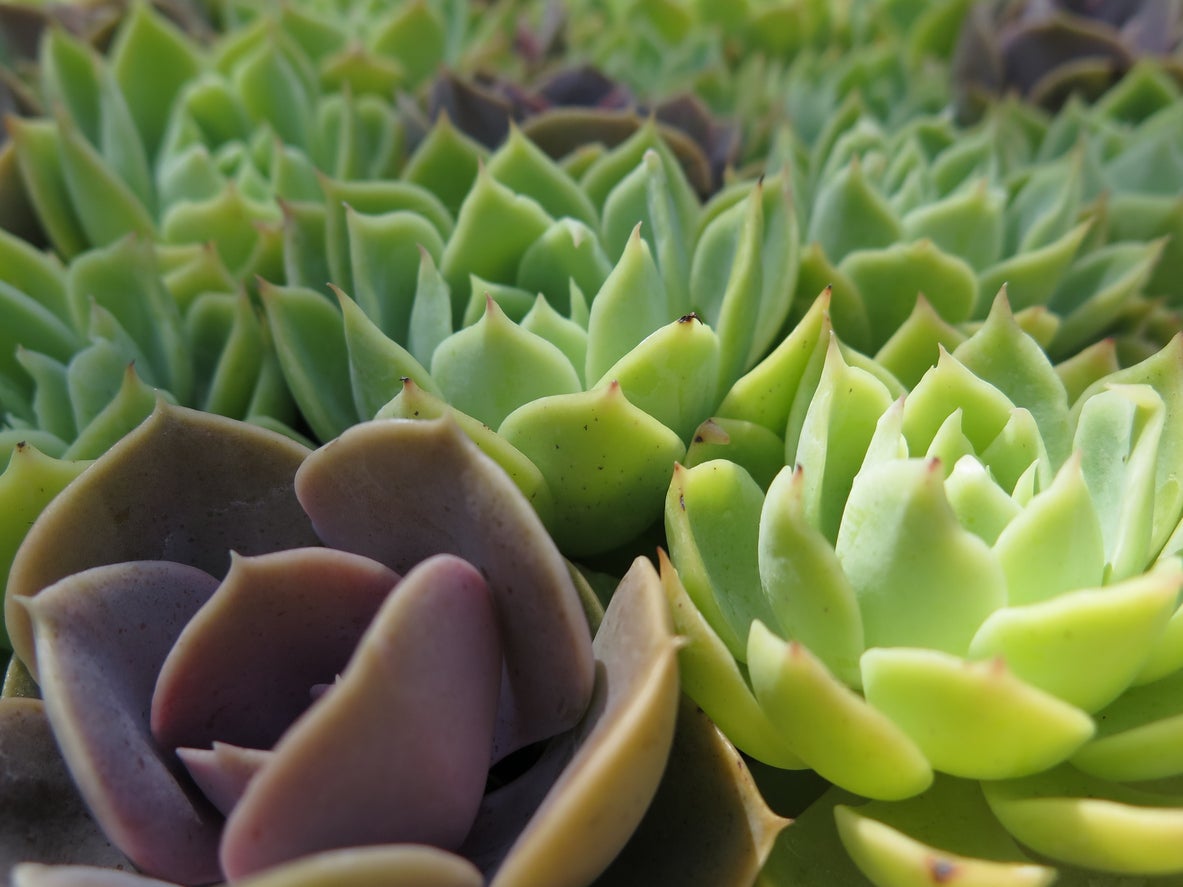Care Of Peacock Echeveria – Tips For Growing Peacock Echeveria Plants


Somewhat unusual and possibly hard to find, the Peacock echeveria is a fast-growing succulent plant with rosettes up to 6 inches (15 cm.) across. It is unusual for a succulent to report fast growth. Leaves of the rosette are streaked a silvery-blue with pink to red tips and are slightly thinner than other echeveria plants. Let’s learn more about growing a Peacock echeveria succulent.
Peacock Echeveria Info
Found under the names Cotyledon peacockii or Echeveria desmetiana ‘Peacockii,’ this plant is advertised as rare. Some sell seeds online at the same price as most sell the plants, under $5. I personally have never grown a succulent from a seed but, as a horticulturist, I assume it is possible. All my young succulents are started from leaves or cuttings. Think it through before making any purchase online and always seek out reputable suppliers. The plant grows well in the ground year-round where temperatures allow and will soon become a matted groundcover, shooting up 10 inch (25 cm.) blooms. Happy Peacock echeverias bloom in summer on stalks with bell-shaped flowers that are a pinkish orange.
Growing Peacock Echeveria Plants
Peacock echeveria info indicates growing in partial sun or filtered shade is preferred, as it is easy to provide these delicate leaves with too much sun. It is also said to be heat tolerant when kept in these conditions. Growing Peacock echeverias need little water in spring and summer and even less in winter. If you must bring them indoors in winter, avoid drafts or vents that may blast warm air onto the plant. You may also put them in a cool location, but above freezing, to force them into dormancy. Even less water is needed in this situation. When growing Peacock echeveria in a container, use one with drainage holes. Plant in fast-draining soil, possibly a cactus mix amended with coarse sand or pumice. Echeveria can suffer quickly from soil that remains moist. Grow this plant alone in a container or with other succulent plants that have similar growing requirements – watch chain plant (Crassula muscosa or Crassula lycopodioides) or elephant bush (Portulacaria afra), both grow well in partially shaded conditions. Appropriate care of Peacock echeveria includes removing dead bottom leaves as new growth shoots from the top. Fertilize these plants in spring if they do not appear in top condition. Weakened houseplant fertilizer or compost tea is recommended.
Sign up for the Gardening Know How newsletter today and receive a free copy of our e-book "How to Grow Delicious Tomatoes".

Becca Badgett was a regular contributor to Gardening Know How for ten years. Co-author of the book How to Grow an EMERGENCY Garden, Becca specializes in succulent and cactus gardening.